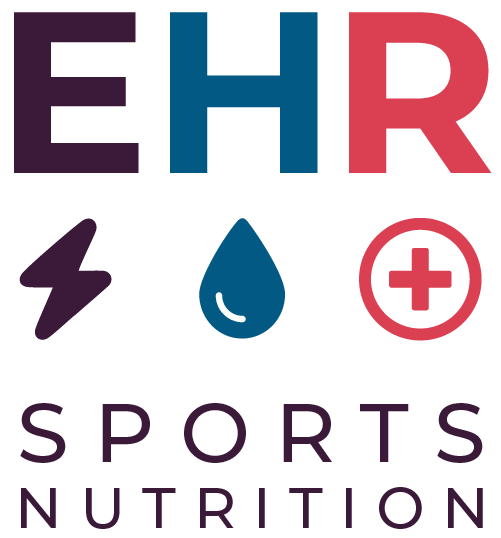Are Energy Gels Safe?
Share
The short answer is yes. But you might get an upset stomach if you use too many of them. The advised number per hour to take is generally no more than 2, but you should always check the specific product before you use it. There are also some food intolerances that you might need to be aware of so let's have a look at some typical ingredients that you might find in a gel.
Maltodextrin - This is a common ingredient in foods like yoghurt, cereal, beer and soft drinks. It's a carbohydrate and comes from rice, corn, wheat or potato. If you have celiac disease, be careful about eating foods with maltodextrin from wheat.
Gellan & Xanthan Gum - These two gums are similar in that they are exopolysaccharide produced by bacterial fermentation. It acts as a bulking agent, emulsifier, stabilizer and thickener, and is found in baked goods, jams, sauces, ice cream and confectionery goods. It is commonly used in vegan foods and personal-care items.
Some studies have shown that consuming gellan gum lowered total cholesterol by approximately 10%, and thus far no toxic effects have been found.
Fructose - Fructose is a type of sugar known as a monosaccharide, it's known as “fruit sugar” because it primarily occurs naturally in many fruits. It also occurs naturally in other plant foods such as honey, sugar beets, sugar cane and vegetables. Fructose is the sweetest naturally occurring carbohydrate and is 1.2–1.8 times sweeter than sucrose (table sugar). Fructose metabolism does not require insulin and has a low impact on blood glucose levels.
Glucose - This is also a monosaccharide, meaning “one sugar” like fructose. In this form, dietary glucose and other carbohydrates eventually convert to blood glucose in the body. Along with fat and protein, glucose is one of the body’s primary fuel sources.
The best thing you can do when trying to find a gel to use with your body is to try a few and see what works best. We have a 'build a box' section that you can use to try a number of products out.
